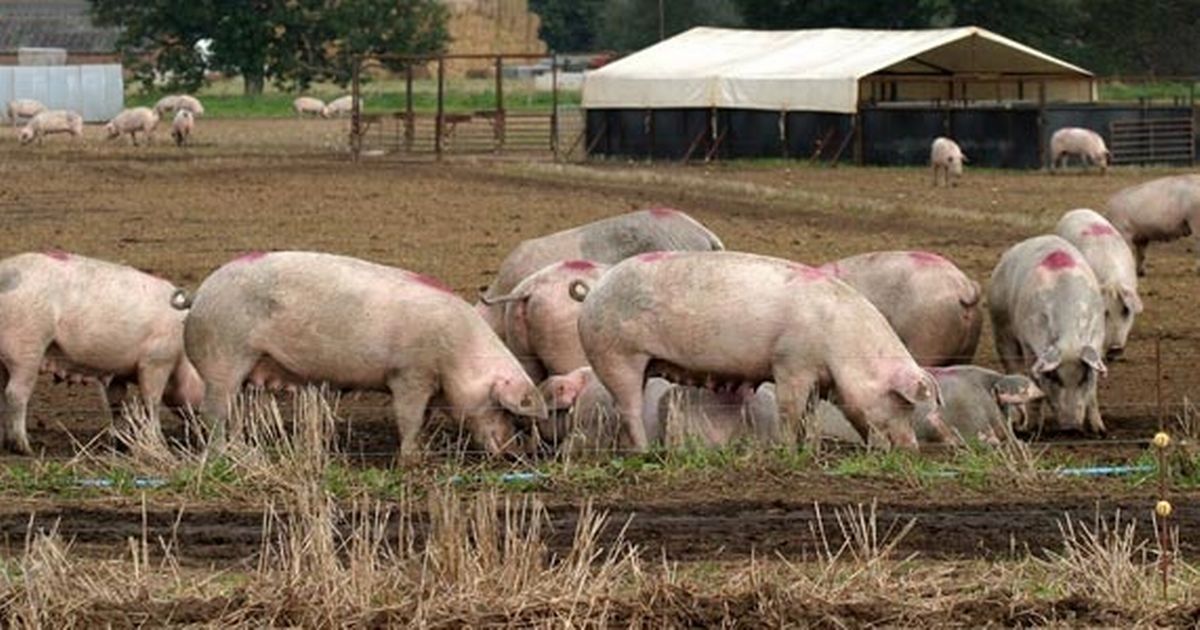
The number of pigs in Spain now outnumbers the entire Spanish population, new figures show, while the government still pledges to crack down on the growing environmental threat from the meat industry, the Spanish desire for pork seems to be insatiable.
According to a 2017 government report, the number of pigs killed in Spain topped 50 million for the first time, with the Spanish population currently numbering 46.5 million.
However, it is obviously not all domestic consumption, a boom in pork exports, particularly to meet China’s growing appetite for pig products, has led to a massive increase in factory-farmed pigs in Spain, with around 30 million animals being fattened up at any time of the year in a sector now worth in excess of £5.4 billion in 2017.
Total production has grown by 20 per cent in the past five years to reach a colossal 4.3 million tons, of which only around a quarter is consumed within the Spanish borders.
The traditional use for pig meat, namely for Iberian ham with black pigs that roam freely and live on acorns, now comprises only a minute proportion of the Spanish pork industry.
Unbelievably, the average personal consumption of pork is 21 kilos per year in Spain.
This drastic growth in Spanish livestock farming means it is now the fourth-largest producer of carbon emissions, accounting for 10 per cent of the national total, exceeded only by transport, electricity generation and industry.
Spain’s environment ministry announced in July that it was planning new controls on pig farming to improve “hygiene, animal health and welfare and the environment”, noting that livestock farming is responsible for two thirds of total emissions from the agricultural sector. Environmentalists warn of serious damage if factory farming is allowed to grow even further.
Spain has moved to an industrial and intensive model of farming with consequences for water resources. One pig will consume 15 litres of water a day, meaning the industry uses more water than the cities of Seville, Alicante and Zaragoza, combined.
Nitrates from animal waste are also beginning to contaminate ground water, environmentalists say. More than 84 million cubic metres of liquid manure runs out of pig factory farms each year, accumulating in pits around the country.
Under the previous government, 33 plants that had been generating electricity from the gas in pig biomass were closed after renewable energy subsidies were slashed.
So is there a solution to this ever growing problem? Going vegetarian or taxing meat products to reduce consumption? Whatever it may be if we continue as we are right now, shortly we will have a very serious problem…